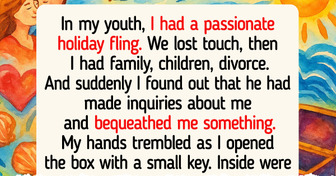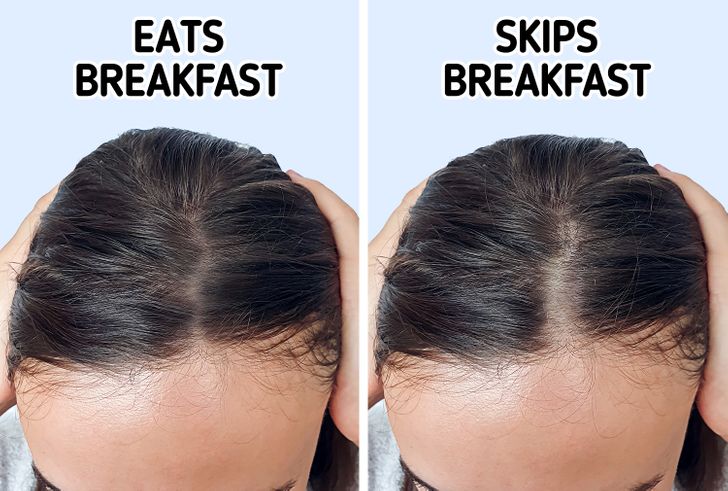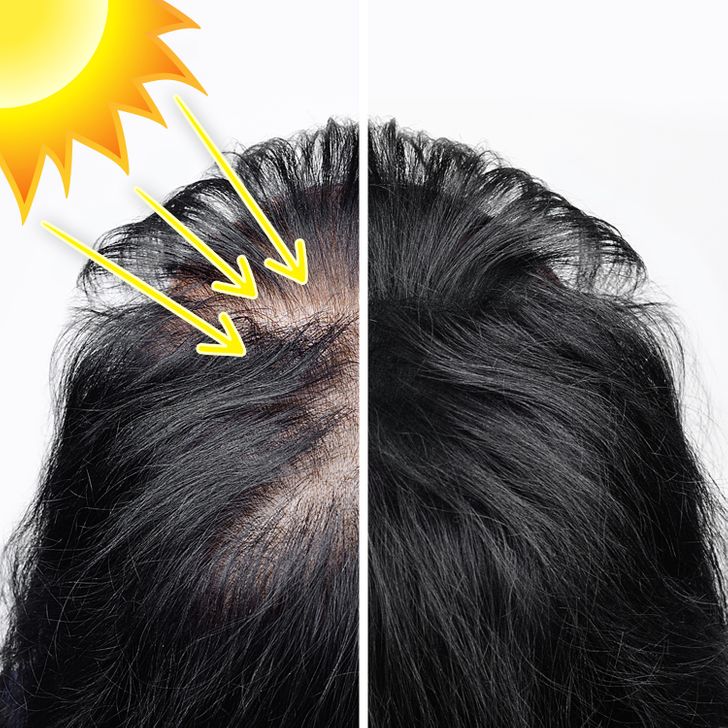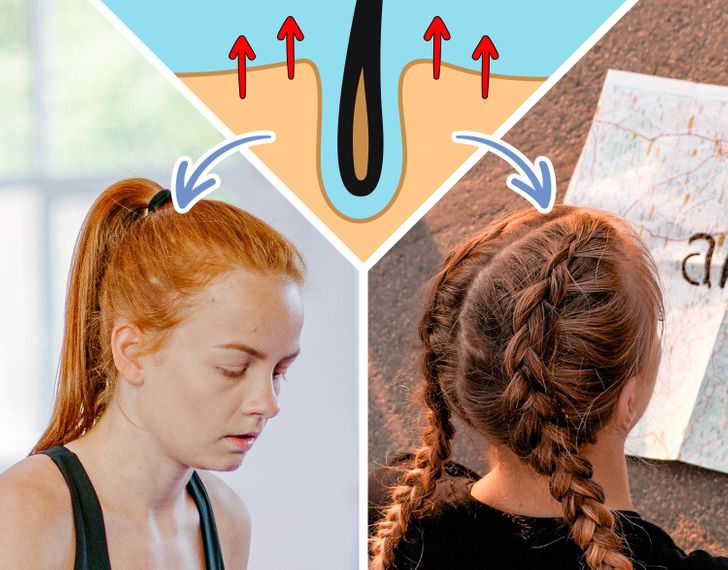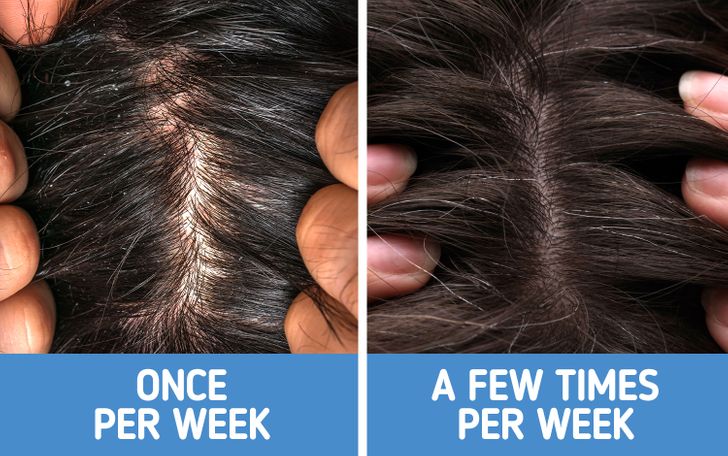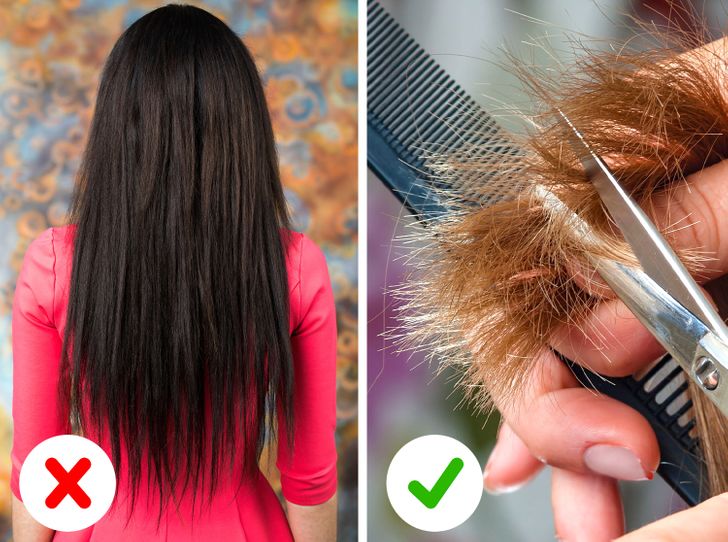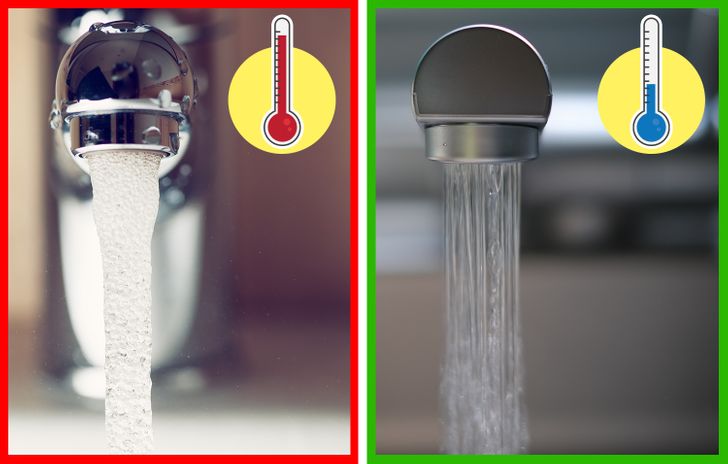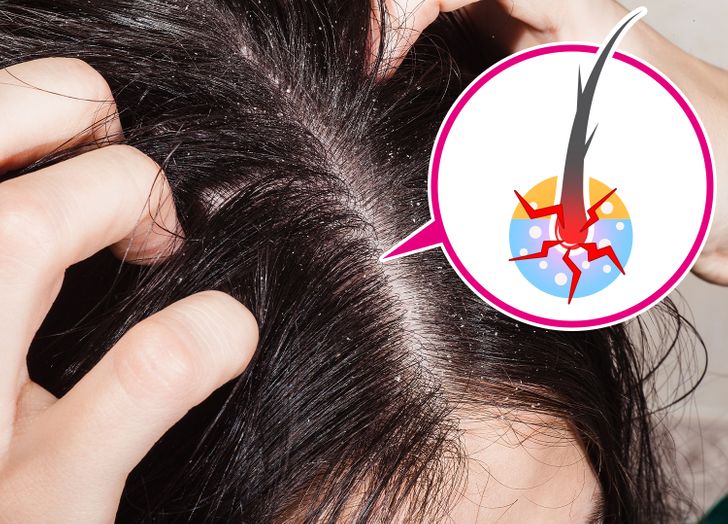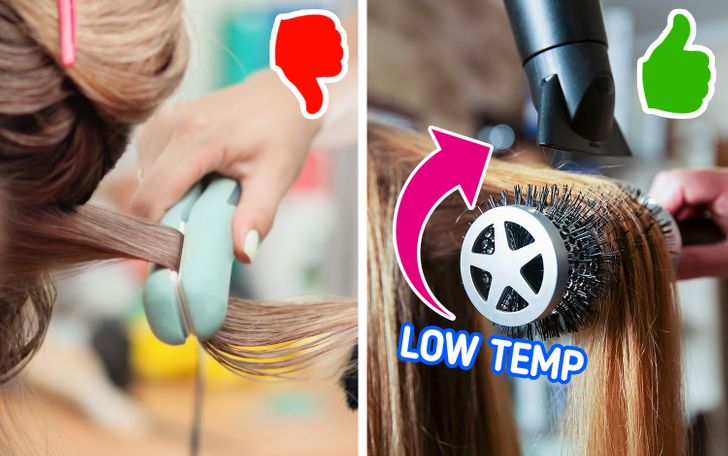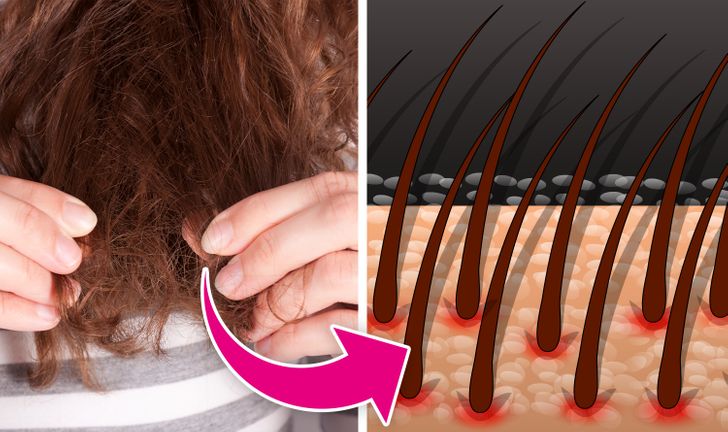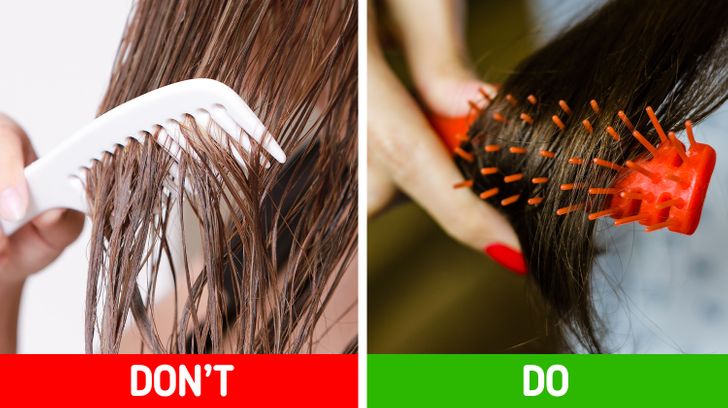yep, I actually love twirling my hair 😅
10 Daily Habits That Are Causing Your Hair to Thin
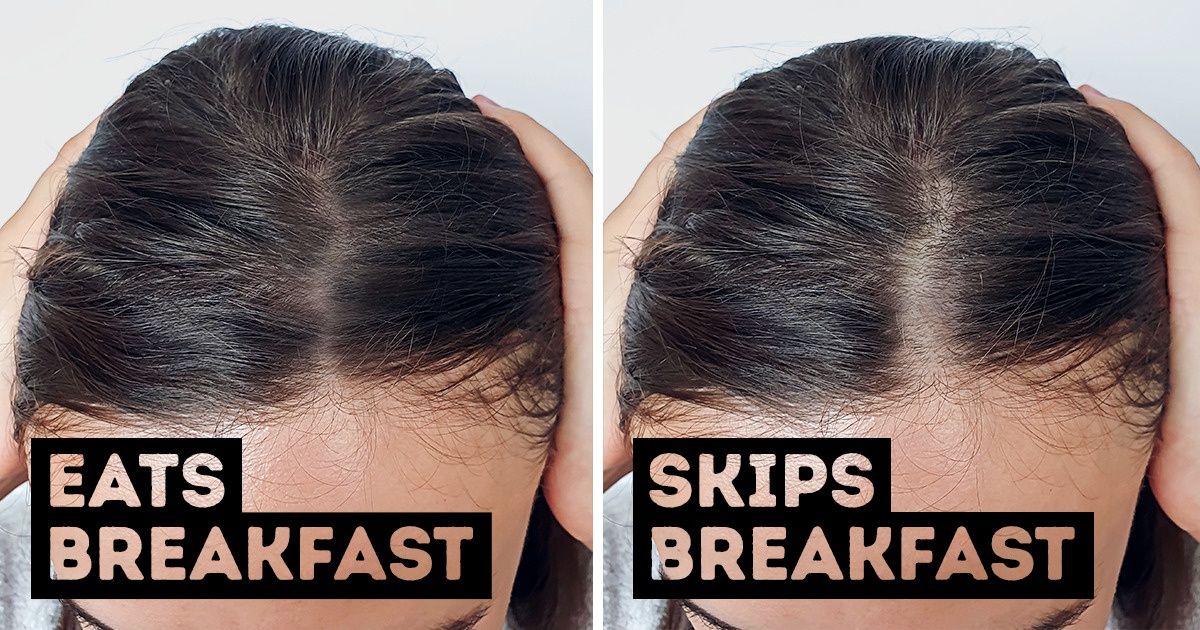
Like our furry friends, humans also shed their hair. Actually, we do it on a daily basis, with the regular amount of hair we lose being somewhere from 50 to 100 strands per day. It’s absolutely normal and, honestly, not that noticeable since we have more than 100,000 hair follicles on our scalp. But sometimes things go south and you realize that you’re losing more than evolution wisely tried to prescribe.
We at Bright Side believe all of you deserve to keep your hair soft, shiny, and healthy, so we gathered a list of things to avoid on your journey toward this goal.
1. You skip meals.
When you don’t have enough calories, your body redirects all the energy toward essential functions — like your heart and brain, leaving the hair and scalp behind. Dieting can be a shock to your hormones and it often leads to hair thinning and shedding, while new hair doesn’t grow to replace it. In fact, one of the top symptoms of anorexia, and a bunch of other eating disorders, is severe hair loss.
- What you can do: Eat a healthy diet with plenty of protein and fat. Hair is mostly made of protein (keratin) and it has a tendency to break if you’re not getting enough. Aim for 46 grams per day — or about 10% to 35% of your total calories.
2. You get too much sun.
When you go out, the sun’s UV rays start to eat away at the elasticity and strength of your hair. Prolonged heat and sunlight exposure might dry out the hair and scalp and damage the cuticle and the hair fiber, resulting in brittle hair that can lead to hair loss. Light-colored and fine hair is especially vulnerable to the sun!
- What you can do: Tuck your hair underneath a hat whenever possible. Try using products with built-in sunscreen. Keep your scalp moist by adding a hair mask to your routine.
3. You wear tight hairstyles.
Sporting braids, buns, or ponytail puts huge and constant tension on the hair follicles near the root. It forces the hair out of the follicle prematurely, which leads to thinning and scarring. In extreme cases, it may result in traction alopecia, a condition that forever weakens the follicle and makes it impossible for hair to grow.
- What you can do: Loosen up! Wear your hair down when possible, especially while sleeping, since rolling around on a pillow can cause even more breakage. Make sure you use a hair-friendly hair tie or a soft scrunchy. If you feel hair pulling on your skin, it’s way too tight.
4. You don’t wash your hair often enough.
Don’t get too used to skipping a hair-washing. A buildup of dirt, product leftovers, and oil gathering on the scalp can clog hair follicles, which makes it difficult for hair to grow. If left untreated, it often leads to thinning and hair loss.
- What you can do: Regularly wash your hair — from every couple of days to once per week, depending on your hair type. Switch to a sulfate-free shampoo to prevent dryness.
5. You don’t trim your hair regularly.
As simple as it sounds, getting your hair trimmed every now and then can aid in a healthy growing process and prevent thinning. Regular trims remove dry, brittle, and dead split ends, which otherwise can travel up your hair shaft toward your scalp and cause more strands to drop out. It may sound counterintuitive, but if you want to grow long luxurious hair, get it cut regularly.
- What you can do: Keep split ends at bay and trim it every 12 weeks.
6. You take hot showers.
Hot water stresses and dehydrates hair strands, the same as it does skin, leaving it dry, brittle, and prone to snap and fall out. Combined with a shampoo that already strips your hair of its protective oils, it forces your scalp’s pores to overwork to keep up with oil production, which can damage the roots and lead to additional shedding. Hot water can also increase the germ and bacteria population on your head.
- What you can do: Take the temp down, opt for a warm shower, and try to rinse your hair with the coolest temperature possible.
7. You scratch your head.
An itchy feeling on the scalp can be the result of a fungal infection, allergies, or inflammation — all of which is harmful to hair and can potentially result in thinning. But when you start scratching on top of that, you’re damaging your hair follicles, and that can end up in hair loss.
- What you can do: Switch to a healthier diet, packed with protein and vitamins A, D, and E. Relieve the itch with a scalp massage instead of scratching. Use a shampoo that contains selenium, zinc, and other antifungal properties.
8. You use hot styling tools.
Hot rollers, hairdryers, tongs, and curling and flat irons might be very harsh on your hair. High temperature scorches away the oils and proteins from your hair and its protective cuticle, disrupting moisture balance and causing breakage and thinning. Your hair then becomes dry and lacks strength resulting in strands snapping.
- What you can do: Limit your use of styling tools to 2-3 times a week, and start with the coolest setting possible. Apply heat-protection products that create a thermal barrier to reduce friction.
9. You play with your hair.
Tugging, pulling, twirling, rubbing, we all do it with our hair. Unfortunately, this fidgeting can contribute to breakage and hair loss over time. By constantly pulling on your strands, you’re weakening the follicles. And your hands, however clean you think they are, still carry sweat, dirt, and oils that add to buildup and its consequences.
- What you can do: Keep your hands busy with healthier distractions: play with a fidgety toy or clench your fists. At home, you can cover your hair so you won’t be able to touch it.
10. You’re rough with wet hair.
Our strands are at their weakest and the most prone to friction when they’re wet since water slightly raises the protective cuticle. Brushing in the shower, followed by rough towel-rubbing, causes the ideal conditions for snapping it off. It’s no wonder we leave so much hair in the shower.
- What you can do: Comb your hair before it gets wet with full strokes from the scalp to the tips. Squeeze the water and blot (don’t rub!) it with a soft microfiber towel after the shower.
What is your haircare routine? And how do you deal with thinning?
Comments
thanks!
Related Reads
My MIL Mocked Me at My Husband’s Birthday Party—I Gave Her a Brutal Reality Check

I Let My MIL Join Our Family Trip—And It Turned Into Chaos
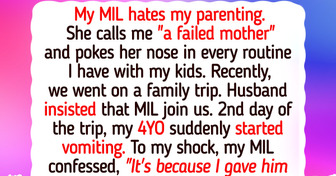
15+ Raw Stories About Jealousy That Can Leave You Speechless

18 Guests Who Forgot They Weren’t the Main Character at Someone Else’s Wedding
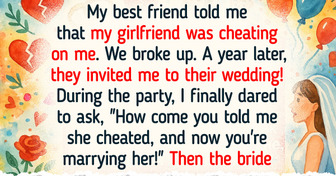
10 Times People Had to Face Cruel Reality
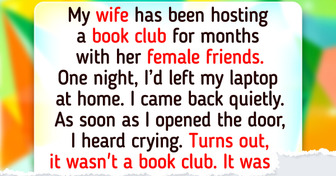
20 Stories That Prove Even a Disastrous Visit Can Make for a Hilarious Memory

I Thought My Son’s Wedding Was Perfect, but My DIL Says My Dress Ruined Everything
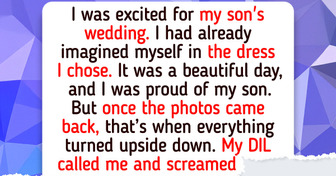
I Refuse to See My Stepfather Again After He Tried to Cancel My Mom’s Savings
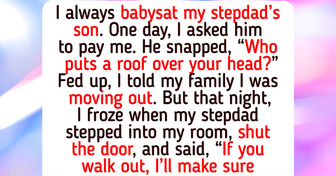
I Paid the Price for Refusing to Give My Window Seat to a Toddler on a 24-Hour Flight
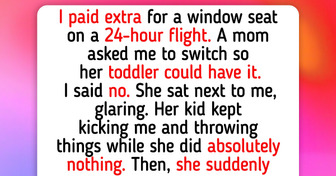
14 People Who Walked Straight Into Awkward Moments

My MIL Moved in ‘for an Emergency’—Now She Refuses to Leave
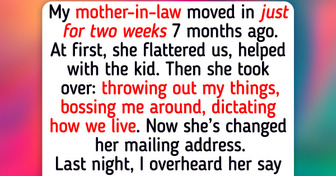
15+ People Shared What It’s Really Like When a Surprise Inheritance Lands in Your Lap
